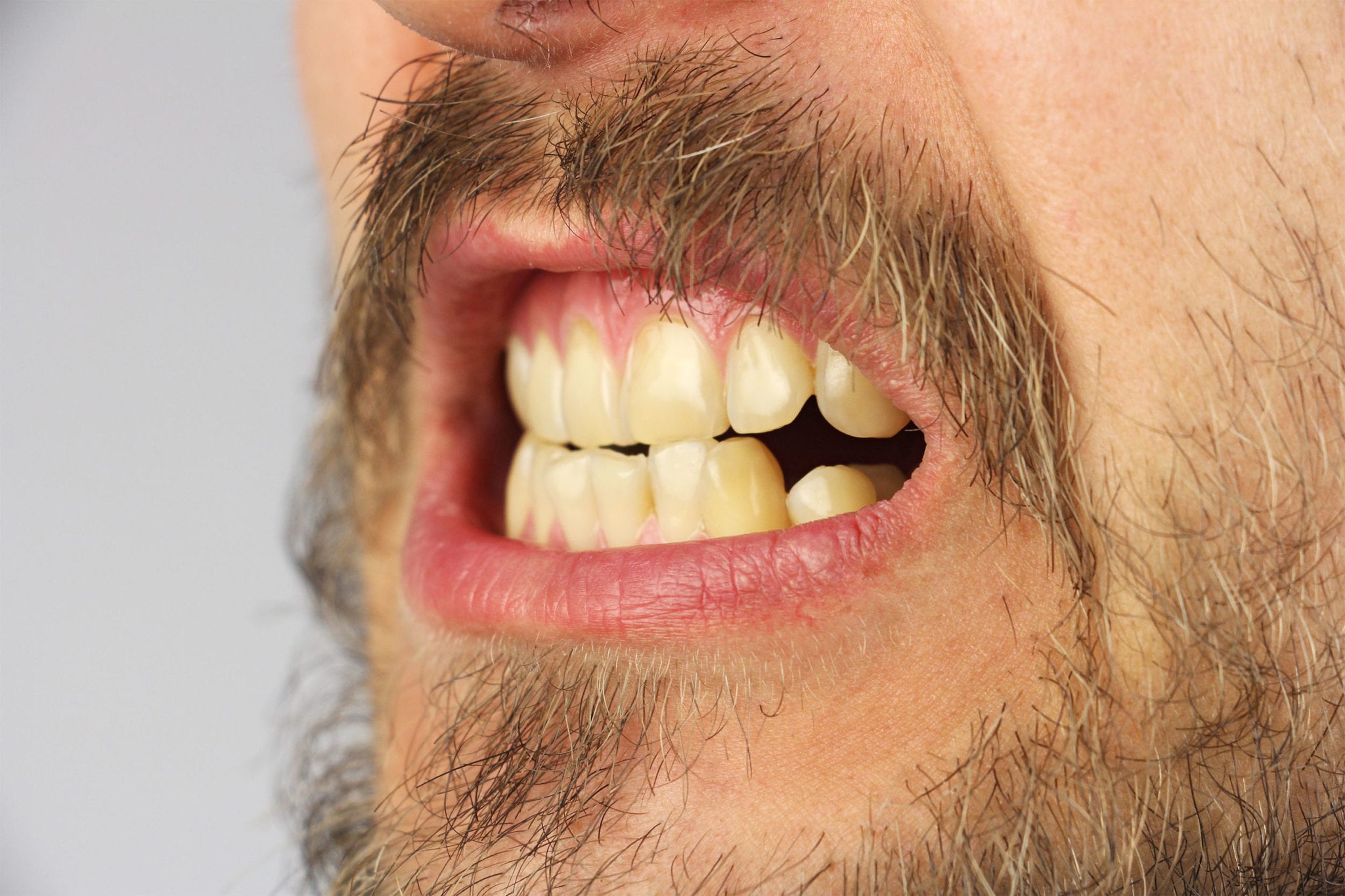
Your teeth can become worn over time, and it can take a toll on your oral health. In this post, we’re going to detail how common tooth wearing is, what the risks are, and how a skilled dentist can help you handle it.
How Tooth Wearing Starts
Dentists consider tooth wearing to be one of the most significant oral health risks after gum disease and tooth decay. It’s not just a cosmetic concern – wearing can impact several areas of your health that can lead to future problems.
How does it happen?
Life. Even regular eating and speaking cause wear and tear over time. Combine this with some bad habits and almost everyone suffers from it as they age.
Some things that exacerbate the problem include biting and chewing on hard foods, using your teeth as tools, such as for biting nails or tearing packaging open, and enjoying acidic foods and drinks, such as soft drinks.
Certain health conditions can worsen tooth wearing as well. Acid reflux or bulimia can expose your teeth to acid, which can cause enamel loss. If you are experiencing dry mouth as a side effect of medication, that can lead to tooth wearing too.
Tooth Wearing Symptoms
How do you know if you have worn teeth? Mild tooth wear may only be noticed by your dentist. Severe tooth wear, however, can cause sensitivity to heat or cold, as well as soreness in your jaw muscles.
Your teeth may look flatter, sharper, or rounder, and may have a yellow tint due to enamel loss. Worn teeth are more susceptible to cracks or chips. Your bite may feel different, and your crowns or fillings may develop problems.
The Risks of Untreated Tooth Wearing
The risk of tooth wearing increases with age. About 30 percent of 15-year-olds experience it, while more than 75 percent of those between the ages of 35 and 44 suffer from wearing, and over 90 percent of those ages 65 and up. Additionally, males are more likely to experience tooth wearing than females.
Dentists believe that tooth wearing is becoming more common because people are living longer and keeping their original teeth longer.
Unfortunately, worn teeth are more likely to experience tooth decay and cavities due to enamel loss. Also, if one tooth is worn, other teeth can start to become worn because they work together. As teeth become worn, your bite can be affected, which can lead to jaw pain and headaches. Untreated tooth wearing can eventually lead to tooth loss, which can cause your face to sag.
How Your Dentist Can Help
At a dental checkup, your dentist will examine your teeth and ask questions to determine the cause of your tooth wearing. Your dentist can suggest ways to make easy changes to protect your teeth from further wear.
If you clench your jaw or grind your teeth, tooth wearing can occur more quickly. Most people aren’t aware that they clench or grind their teeth, because it happens during sleep or times of stress. Your dentist can fit you with an oral appliance to prevent you from grinding your teeth at night and offer tips on how to deal with stress instead of clenching your jaw.

Your dentist will have several options for treating enamel loss. Worn teeth can be fixed with crowns or veneers to restore the shape of your original teeth. The sooner you contact your dentist, the sooner your tooth wearing can be stopped and treated.






